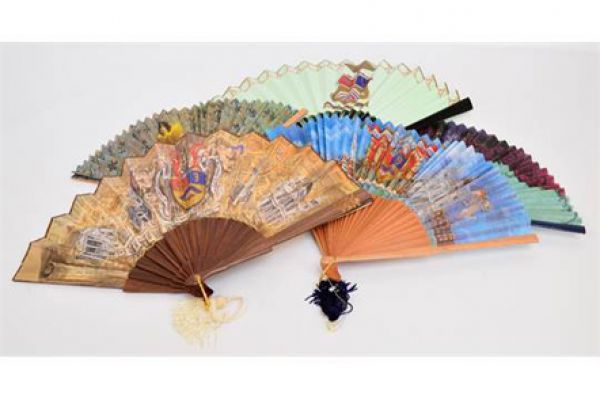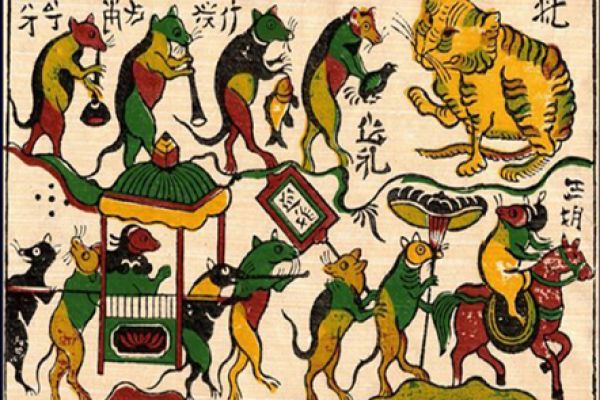As far back as 600 years the village has supplied ceramic bowls, cups, bottles, jars and tiles to the whole of Northern Vietnam. With precious soil, unique secret methods of making ceramic enamel and wonderful artistic depictions on the products, Bat Trang ceramics have become valuable goods that are highly appreciated by domestic and international communities and have been exported to places as far away as Indonesia, India, Japan, Turkey, Iraq and Egypt. Bat Trang bricks were also used to build the Forbidden City in Beijing and famous mosques in Egypt and the Middle East thanks to their creative carved images.
Bat Trang ceramic products of pearl; cracked and ash-colored enamel are the most sophisticated in the world and are now displayed in famous museums throughout the world, including Guimet (France), Brussels (Belgium), the Rijec museum (Holland), the national Museum of Australia, San Francisco (America) and Tokyo (Japan).
After rebuilding and developing the handicraft village, Bat Trang has become a large center for tourism and trade in Hanoi. Hundreds of domestic and foreign tourists visit Bat Trang daily to buy unique products made by the skillful craftsmen. When you come here, you are not only able to choose from a wide range of goods but you can also go for a sightseeing tour or try to make china products yourself under the supervision of one of the craftsmen. Furthermore, the area is renowned as a place of literature in Hanoi, with 346 people passing national examinations here and going on to become the highest-ranking officials of Vietnam in the feudal time. The village festival is held from the 15 to 22 February of lunar calendar (about March of the solar calendar), at the same time as the Gom market festival, one of the biggest market festivals of Vietnam.




